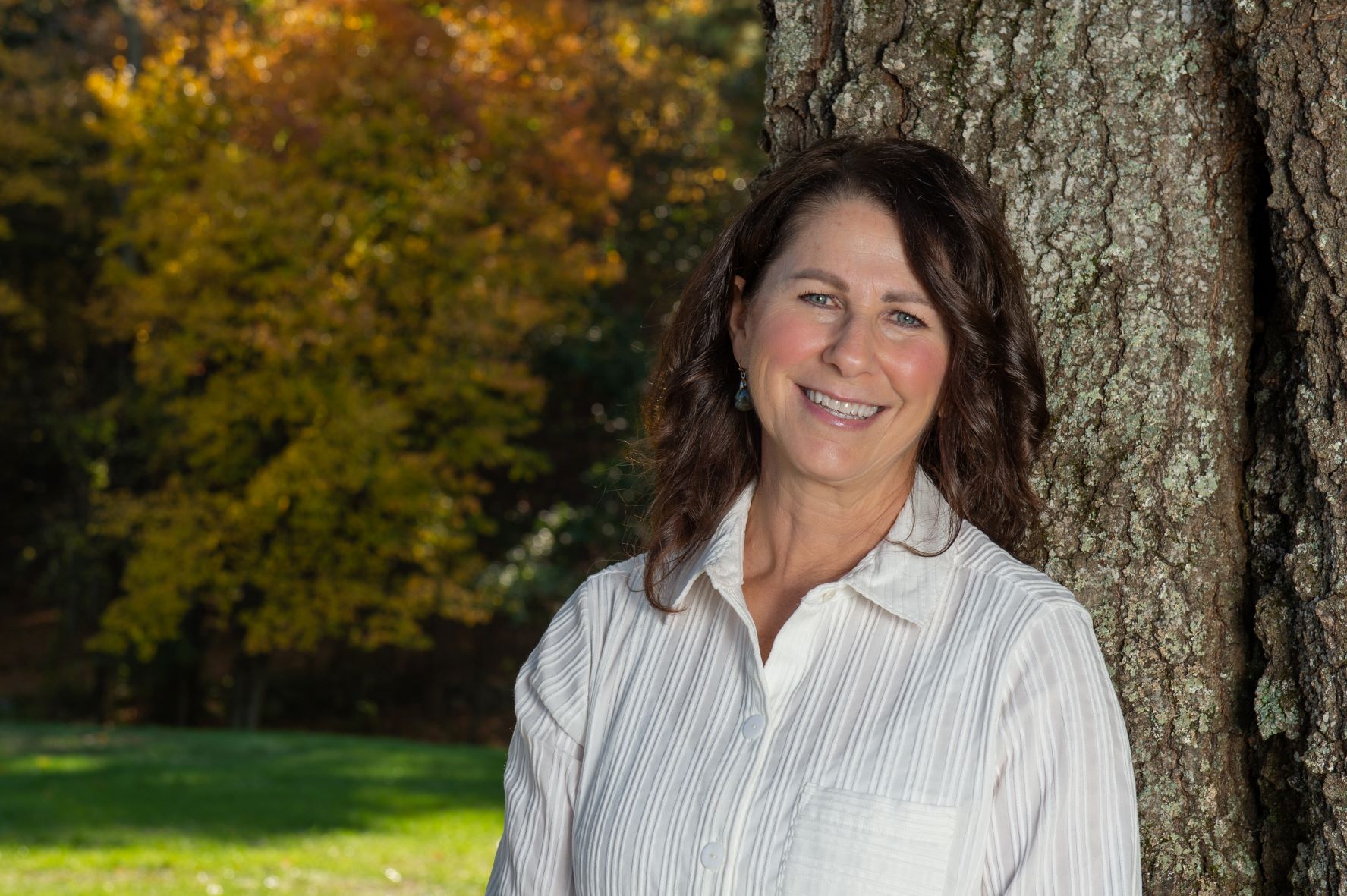Five years after my son Kevin died, I decided to write my story in Life After Kevin: A Mother’s Search for Peace and the Golden Retrievers that Led the Way. I wanted to share what I’d learned in hopes that it could help someone else on a similar path or give someone insight to child loss by overdose.
My specific intentions for writing it were to:
- Help others who have experienced complicated grief.
- Give hope by illustrating the relationship I continue to have with my son.
- Showcase the supporting role my dogs played in my healing.
Right after Kevin died in 2015, I was slogging through my grief. I had no interest in the things I did before he died and mostly just spent my time trying to figure out how I was going to live in a world without him in it.
Most people who have grieved a loved one know that grief has a way of slowing life down and lining up priorities. After Kevin died, I was thrust into that slow pace and my two Golden Retrievers, Manny and Tripp, stayed by my side constantly.
One of the few reasons I would even leave my house was to take them for a walk in the woods. Every day the three of us would walk silently along the trails. In my life, before Kevin died, I had always loved walking in nature, but I was also busy with life and would be in more of a hurry to check it off my to-do list.
During the grief walks, I was moving slowly. Of course, it wasn’t intentional, my grief weighed on me like a lead blanket, forcing me to slow down.
I stopped when Manny and Tripp stopped. I watched them sniff plants and dried pine needles. I’d be walking behind them and they’d turn to check on me, making sure I was still with them. I would hear the water moving in the stream, the birds chirping, the leaves rustling. I looked where they were looking to see what they were seeing.
During these walks, I would have brief moments of feeling calm. I simply walked and observed with my senses. At first, this slow observation practice got me out of my head for short moments and then, they gradually became longer. Looking back now, I can see that I was doing my own version of a walking meditation guided by my dogs.
From the day I learned Kevin had died, my dogs knew there was something wrong. I knew this to be true because their behavior reflected mine. They had both been used to training and exercising 5-6 days per week, but right away they had read my energy and they too became subdued, gentle, and quiet. They spent their days lying alongside me and coming right to me when I’d start sobbing. The fact that they were able to understand my feelings and support me in a way I needed was, and still is, remarkable to me.
My dogs got me thinking… if they were able to use their senses to understand and communicate with me, then maybe I could connect on some level with Kevin?
What started out as a time to sit with my thoughts and cry in Kevin’s bedroom became so much more. It was during that quiet time of inward contemplation when I started to gain insight into my grief, to connect with Kevin on a spiritual level, and begin the process of healing.
Ultimately it was the relationship with Manny and Tripp that taught me what the first step of my healing journey was. In the beginning, alI I could see was darkness, but they showed me that we don’t necessarily need words to connect.
Through our other senses, we have access to the undeniable, energetic bond that we have with anything we love. It was the bond between a human and two canines that spotlighted the capability of having deep, meaningful relationships where we learn to communicate in a different way.
Susan Lynch is a former competitive dog trainer who has been training, competing and volunteering with her Golden Retrievers since 1995. In 2020, she founded Life with Rune, a Facebook community that documents the socializing and training of her own puppy Rune. In 2021, she was awarded the Rachel Page Elliot Lifetime Achievement award by the Golden Retriever Club of America. Her memoir Life After Kevin: A Mother’s Search for Peace and the Golden Retrievers that Led the Way is available here . To learn more, visit: www.susan-lynch.com.
For socializing ideas and training tips go to the Life with Rune Facebook group and click on the Guides tab at the top of the home page.






